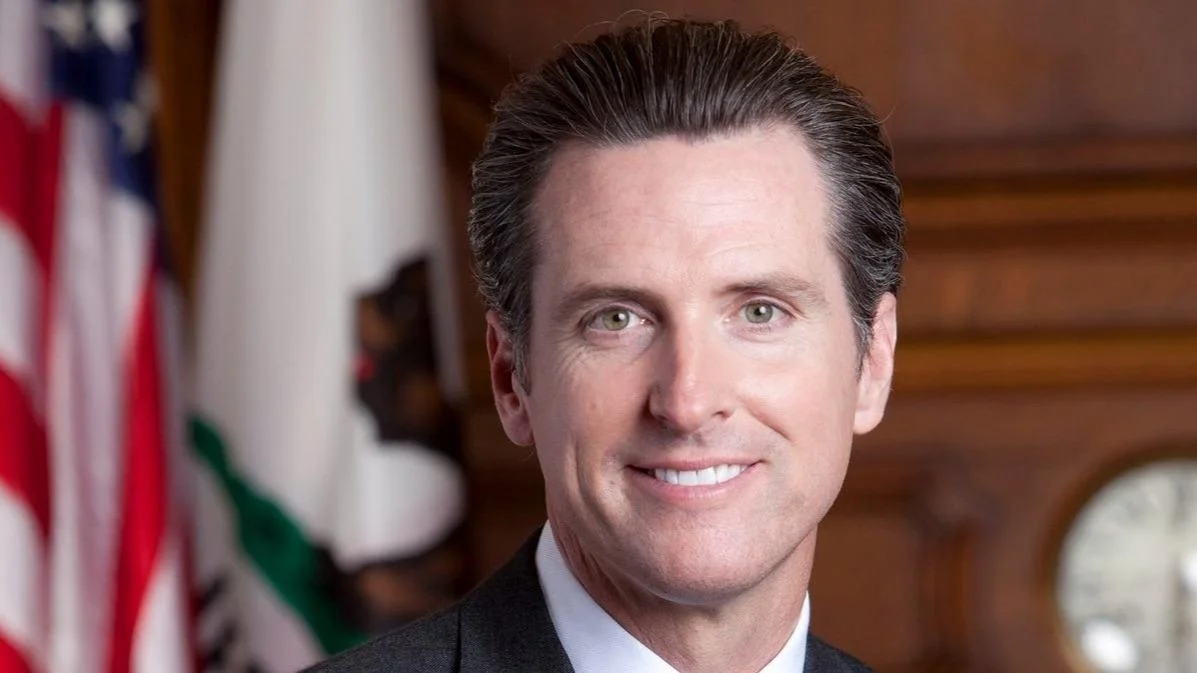
Gavin Newsom, Governor of California | Official website
California has surpassed 200,000 publicly available electric vehicle (EV) charging ports, according to an announcement from Governor Gavin Newsom. The state now counts 201,180 fully public and shared EV charging ports, marking an increase of 22,631 chargers since March. This figure is 68% higher than the number of gasoline nozzles in California, as reported by the California Energy Commission (CEC).
Governor Newsom also noted that clean truck sales have continued to rise in the state during 2024, with zero-emission models making up nearly one in four new truck sales.
The state reports that 94% of Californians live within a ten-minute drive of an EV charger. “We’re proving that electric vehicles are here to stay – even as Trump sells out American innovation and jobs to China,” said Governor Gavin Newsom.
Publicly available EV chargers are located at grocery stores, parking lots, gas stations, and other accessible sites. Shared chargers can be found at apartment complexes, workplaces, sports facilities, and similar locations. These public and shared chargers are in addition to approximately 800,000 EV chargers installed at single-family homes across California.
“With this expanding public network, EV chargers are becoming ubiquitous in California,” said CEC Commissioner Nancy Skinner. “Our goal is to make driving an EV a no-brainer choice for Californians. They are fun to drive, never need an oil change, don’t cause smog, and it’s getting easier to charge your vehicle with public EV infrastructure.”
Federal incentives for zero-emission vehicles (ZEVs), including tax credits up to $7,500 for new ZEV purchases or leases and up to $4,000 for eligible used vehicles—as well as incentives for home charging equipment—are set to expire on September 30.
State agencies recently released a report responding to Governor Newsom’s executive order on ZEV adoption. The report reaffirms California’s commitment to expanding access through financial support and efforts focused on low-income areas and rural communities.
Efforts include grant funding for various types of charging installations statewide; prioritizing fast-charging projects through CEC programs; developing a comprehensive ZEV Infrastructure Plan; and establishing reliability standards for chargers.
In June, California blocked the Trump Administration from withholding federal funds allocated by Congress for electric vehicle infrastructure.
Additionally, there are now over 20,000 charging and hydrogen fueling points available for medium- and heavy-duty zero-emission vehicles—a growth of more than 23% since February.
Trucks account for just six percent of vehicles on state roads but contribute over a third of transportation emissions and a quarter of greenhouse gases from road traffic in California.
Greenhouse gas emissions have fallen by 20% since 2000 while the state's GDP has grown by 78%, making it the world’s fourth largest economy. In terms of energy use, two-thirds of California's power came from clean sources in 2023—the highest share among large economies—and battery storage capacity has increased significantly under the Newsom administration.
 Alerts Sign-up
Alerts Sign-up